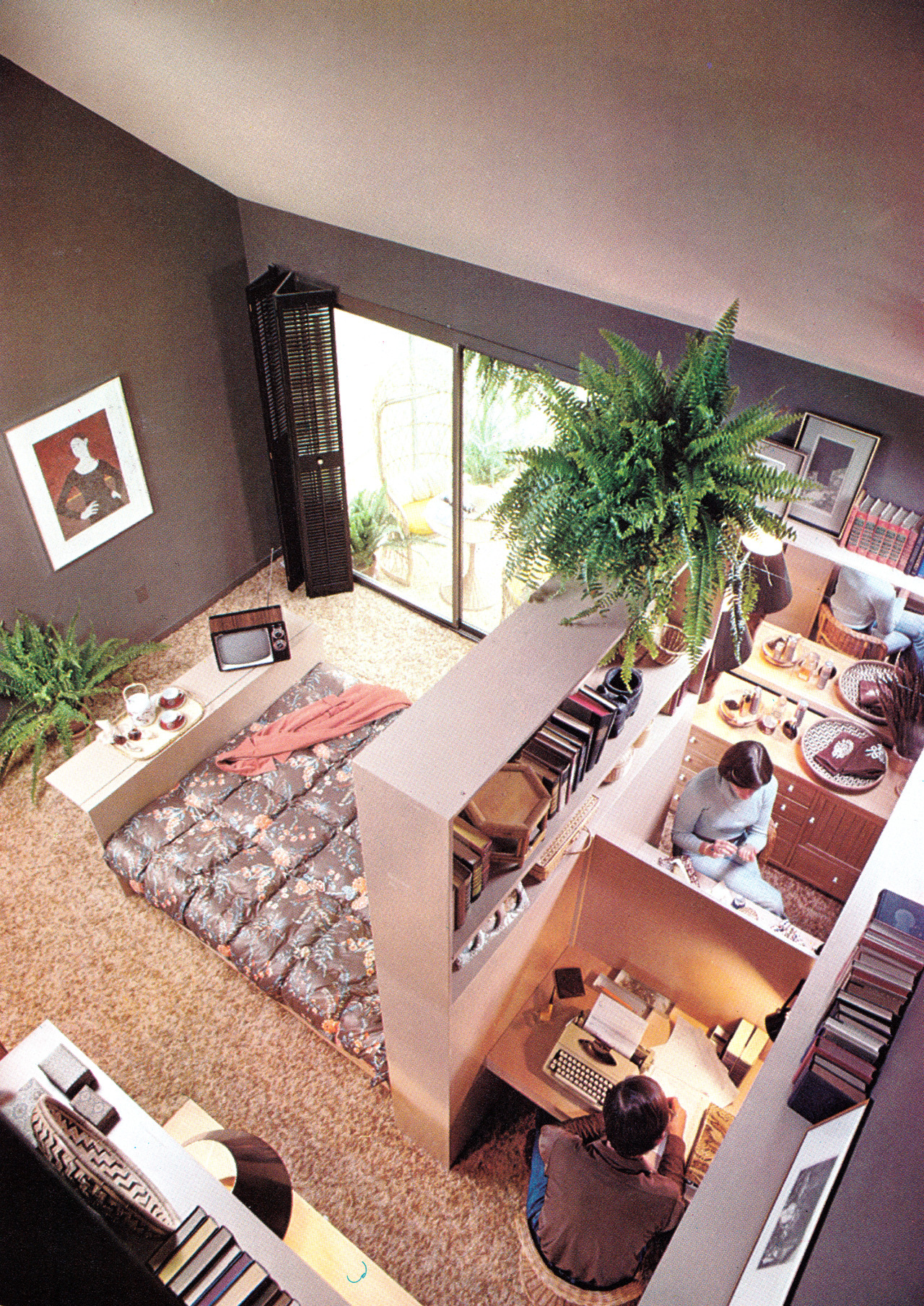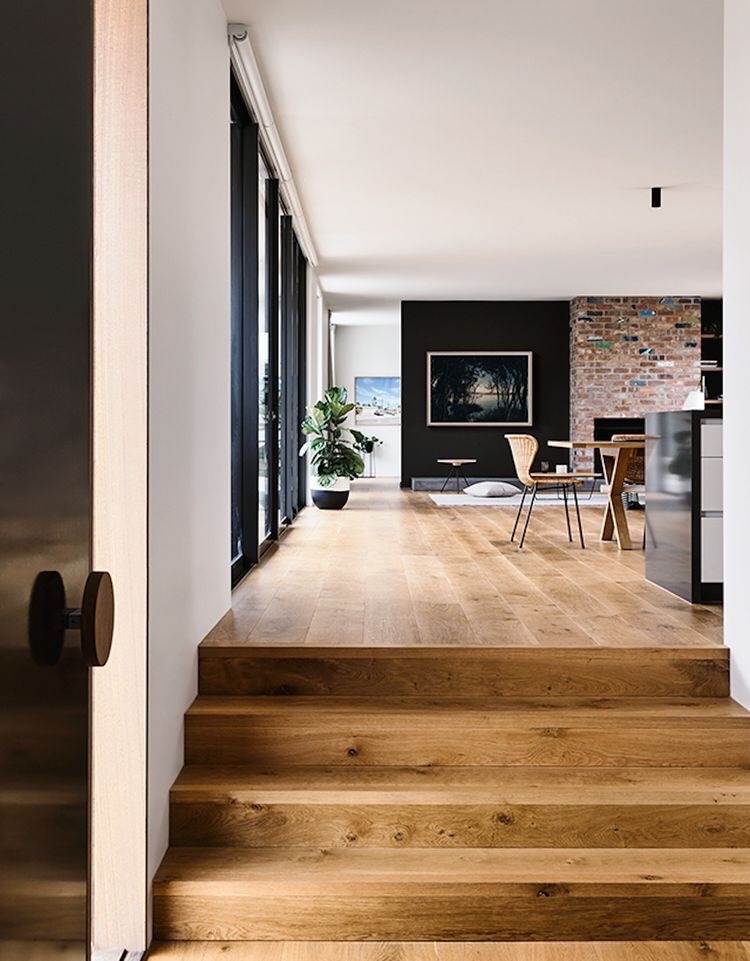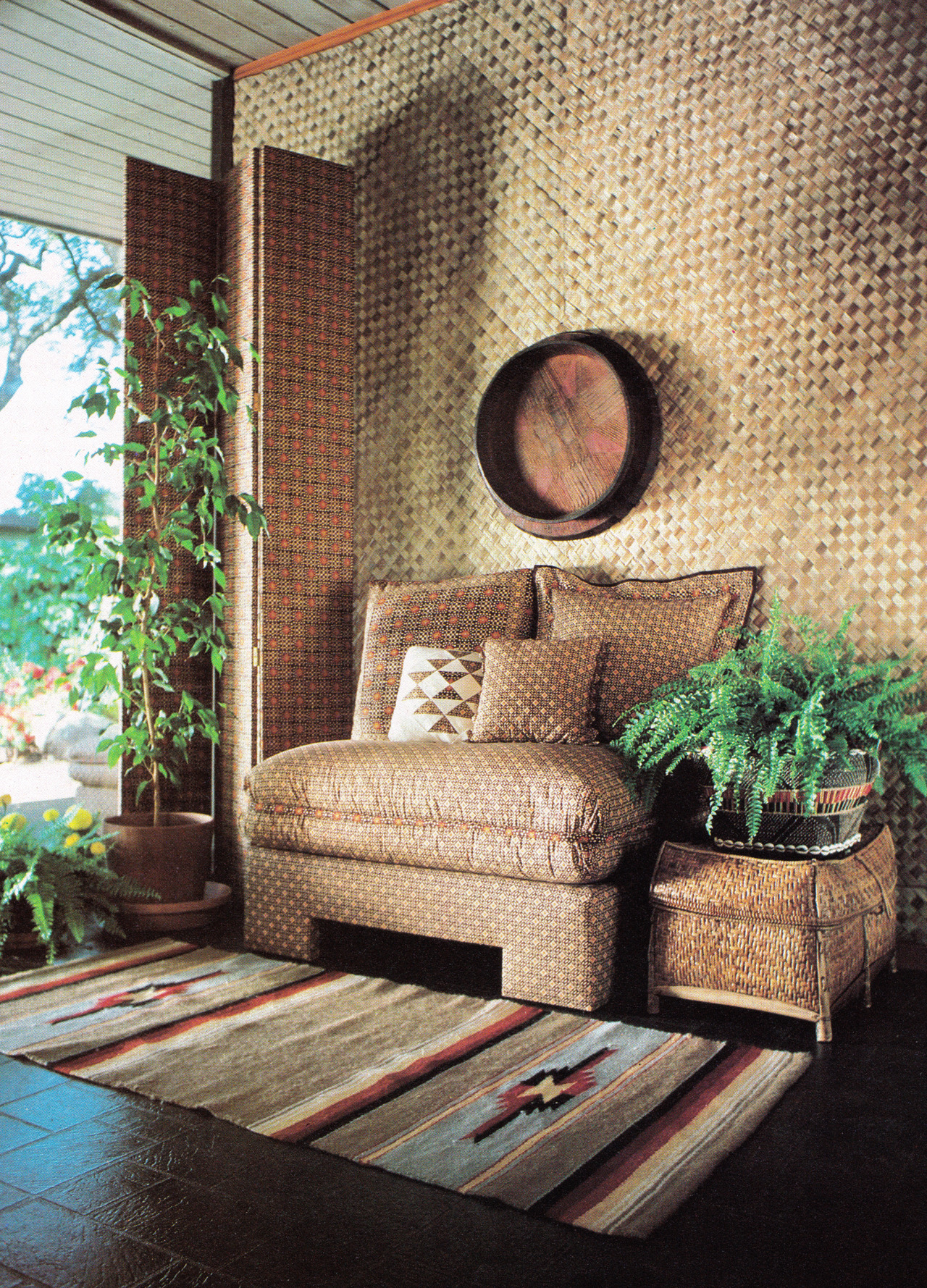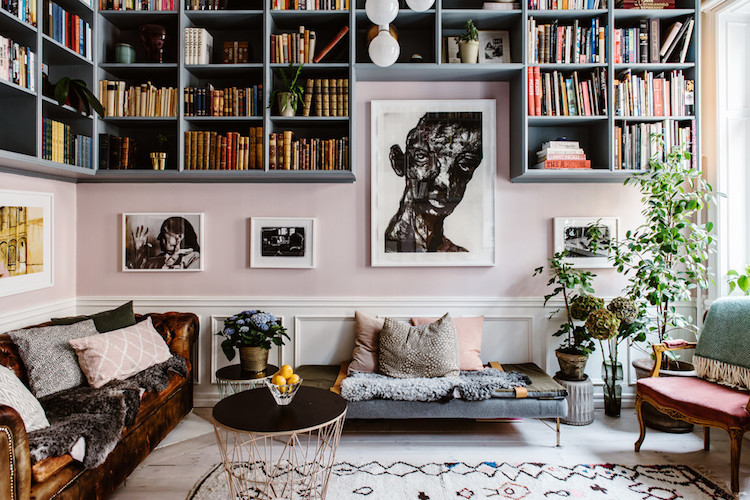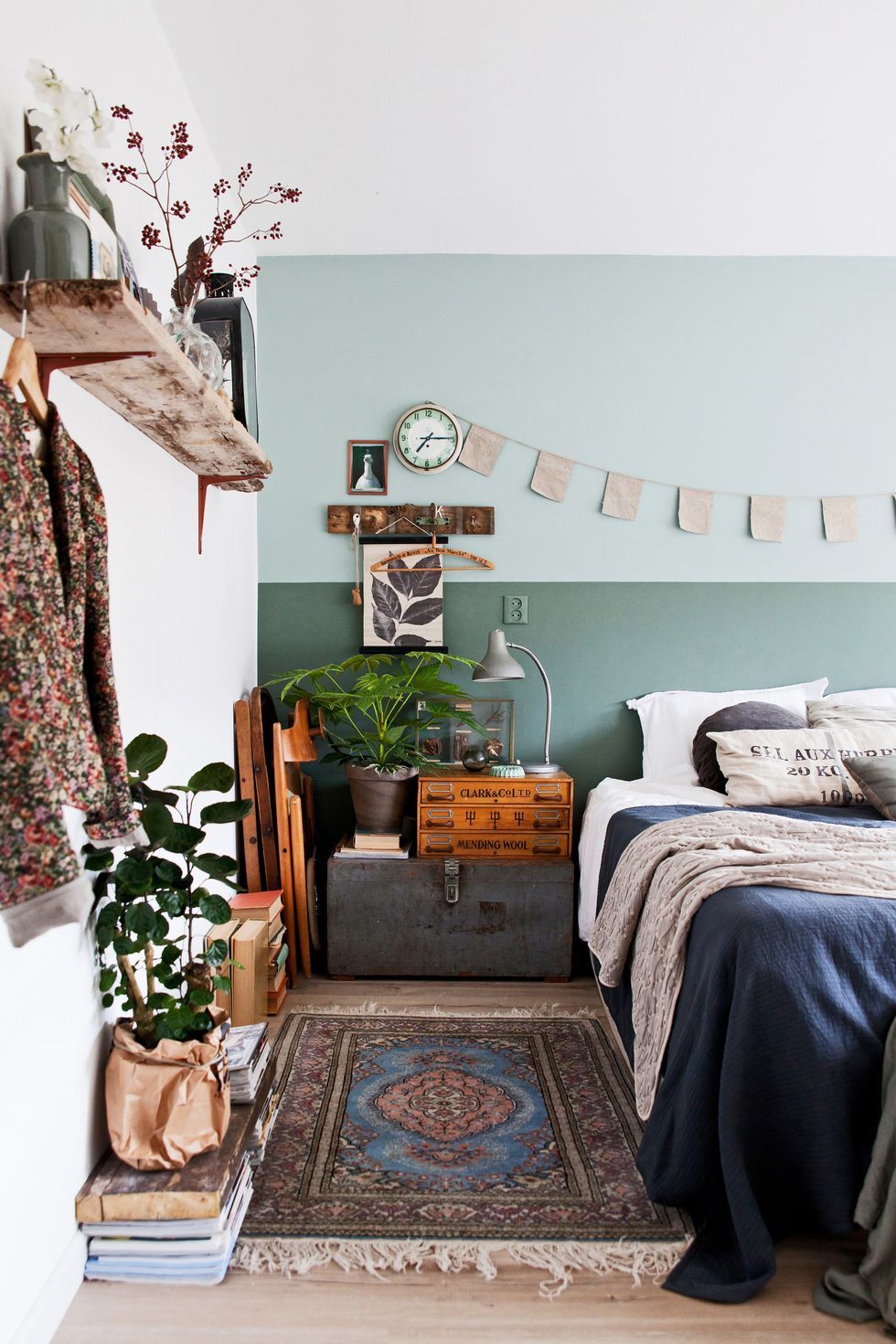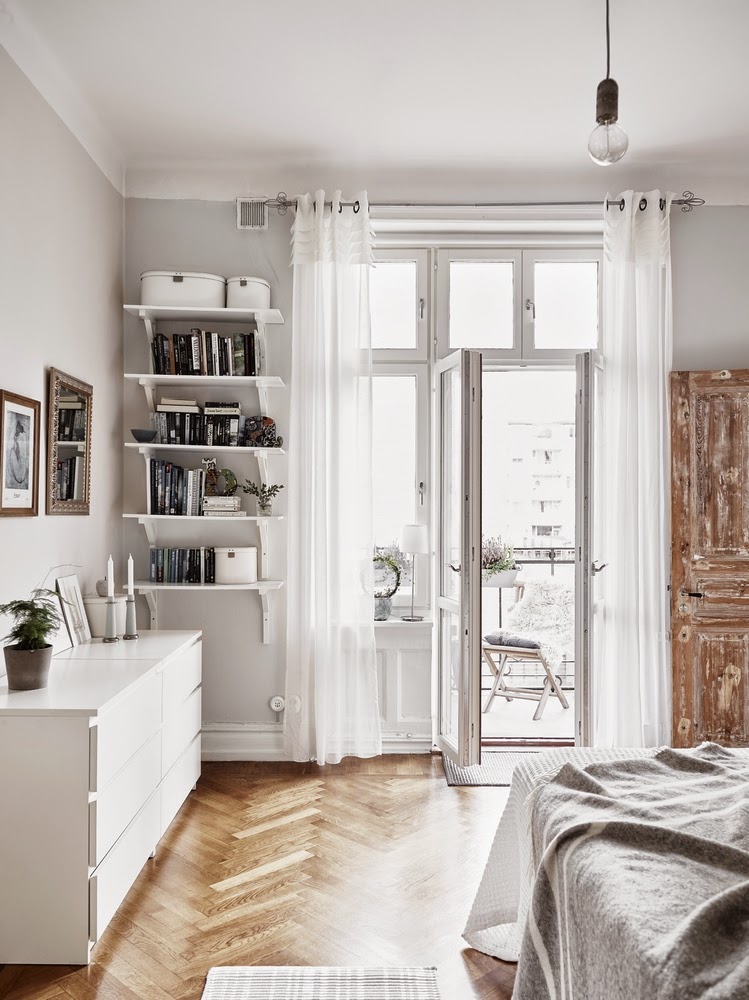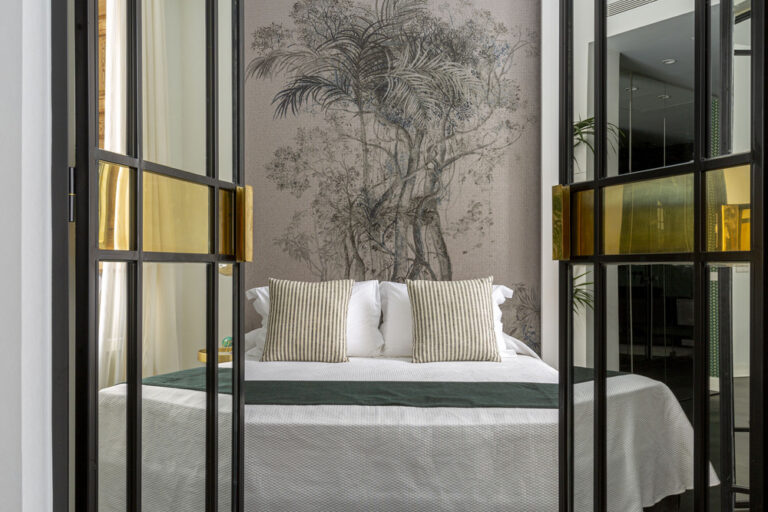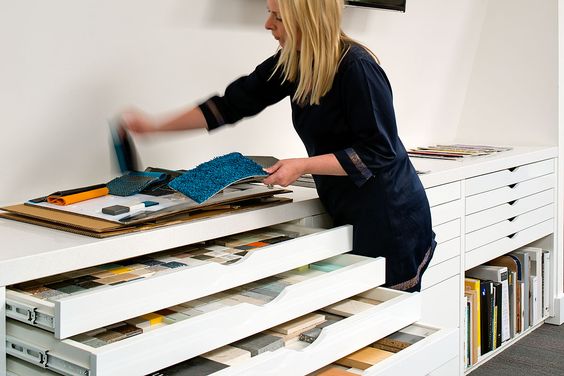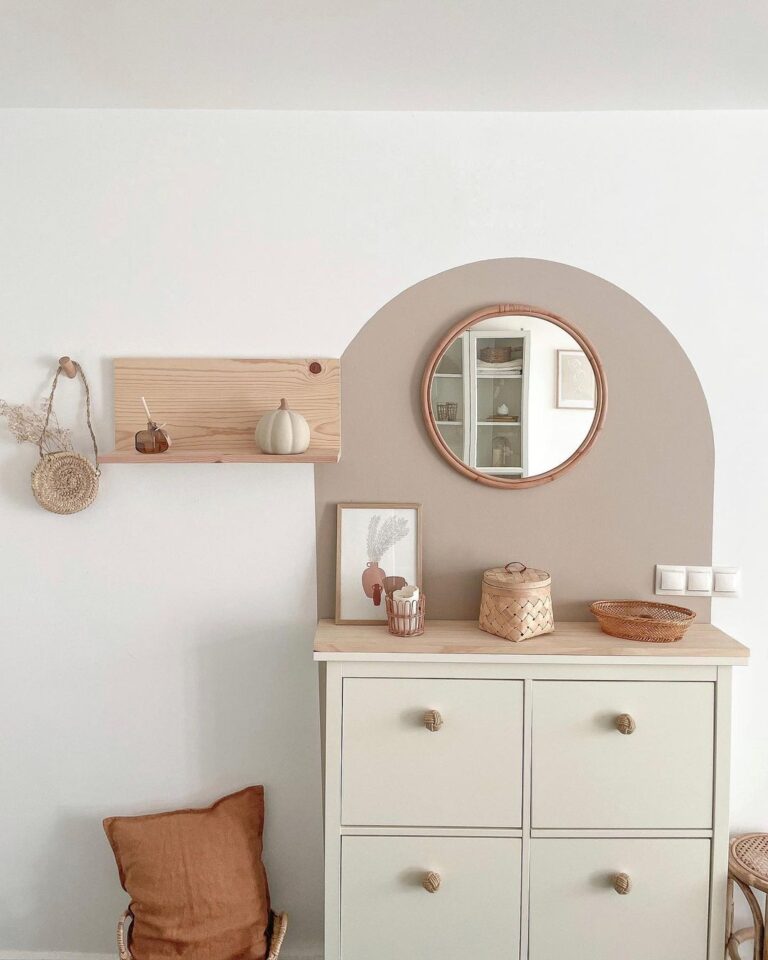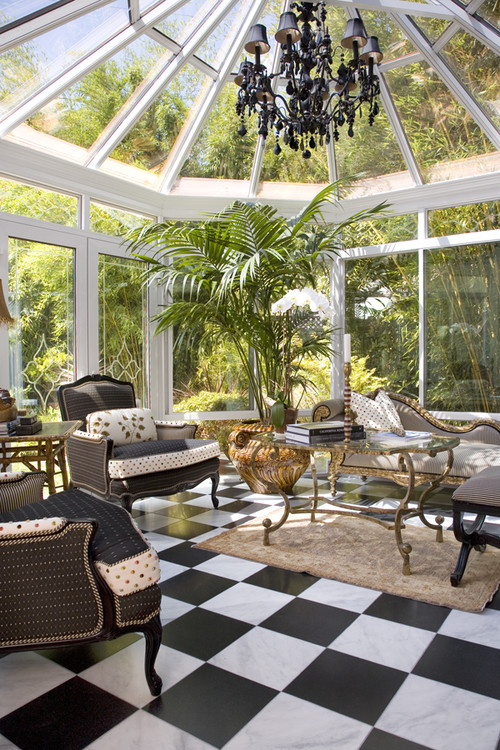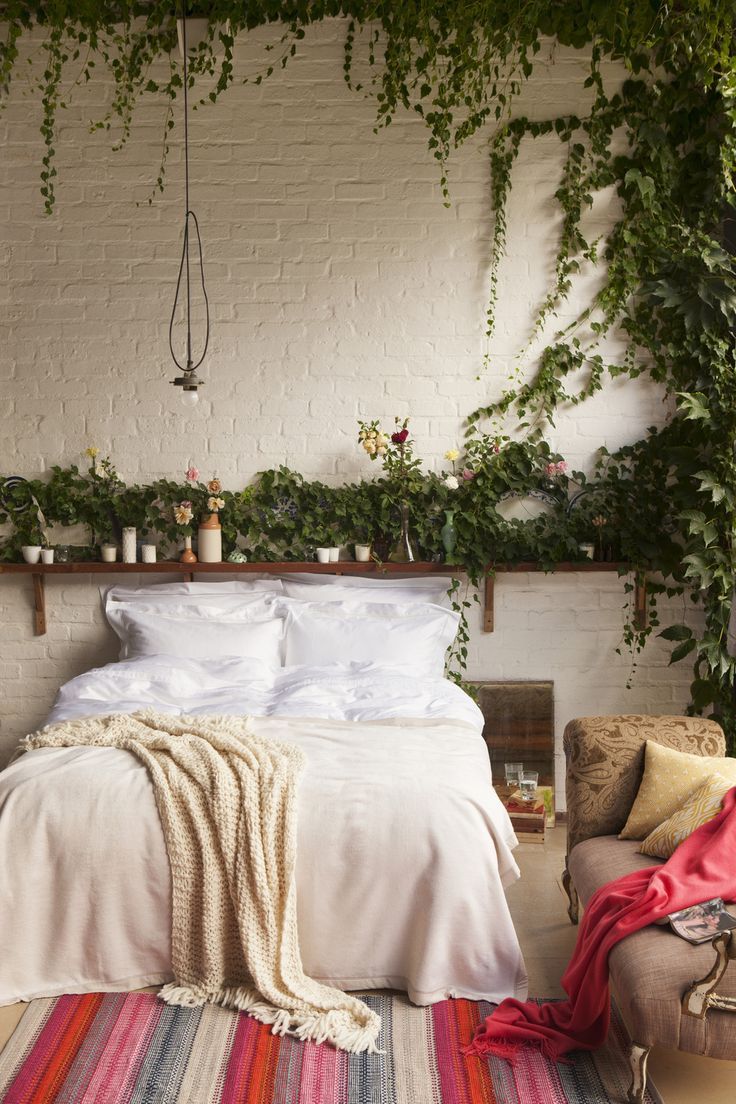7 Elements of Good Interior Design
For those who wish to tackle their interior design and decorating projects the DIY route, it’s essential to get well grounded in at least the basic elements and principles of this science.
Interior design is much more complex in nature than many people realize. And we can’t expect to give the full scope of all that’s involved in one short article – but here (in brief) are the 7 basic elements of every interior design project and some basic guidance on how to use them.
7 Elements of Interior Design
Learn how to use these 7 elements, and you can do almost everything yourself on your next project and have it come out looking perfect. You may need some professional help when moving heavy items, bulky furniture or electronics, or very fragile and expensive decor – but the rest is DIY material!
1. Space
The square footage (two-dimensional space) and cubic footage (three-dimensional space) and shapes and contours (dimensions) simply have to be there.
The space you fill with furniture and other items is called “positive” space, and the rest is “negative” space. You must strike the right balance between positive and negative space to avoid both a crowded or a too-empty look.
2. Lines
Lines guide the eyes, direct the attention, and help create the ambiance. While lines are essential building blocks to forms, they are important design elements in their own right as well.
Horizontal lines tend to make a room feel safer and more defined, while vertical lines tend to make it feel more open and free. Angular or waving, complex lines are good for creating a sense of movement. And the way lines meet or interact can produce as sense of harmony or of contrast.
3. Forms
Any three-dimensional object or outline in your decorated space is a shape, or “form,” and is an important contributor to the overall balance and creativity of a room.
Even plants count as forms, but they and other natural objects are classified as “organic” forms as opposed to the more geometrically oriented “man-made forms.” Forms that you can see into or through are “open” forms, while those you can’t are called “closed.”
4. Patterns
A “pattern” is defined as a repetitive design that incorporates lines, shapes, and colors. Patterns are commonly used on walls, via paper or paint, but they can also be intrinsic to flooring, ceilings, trim work, and more.
Patterns add interest and beauty, create continuity, and help to make smooth transitions between rooms or parts of rooms.
5. Textures
Texture, in interior decorating, refers to both the feel and the look of a surface. In general, texture adds interest, depth, and detail.
“Visual textures” only appear to be truly textured surfaces, while “actual textures” live in the realm of both touch and sight. Curtains, blinds, wallpaper, couches, pillowcases, and bedspreads all typically have texture.
A dominant texture is used to create a room’s basic mood, while a contrastive texture is used to prevent that mood from becoming too “monotonous.”
6. Color
Colors are a big part of creating the ambiance of your indoor spaces. They can set the mood, liven things up, and interact with each other and with other decor elements in startling ways.
A careful arrangement of primary and secondary colors, darker and lighter hues, and strong versus tamer intensity will create unity, contrast, and interest.
7. Lighting
Whether natural or man-made, light is key because it reveals and highlights all of the other interior design elements: color, texture, pattern, form, and line.
The exact location of doors, windows, skylights, and lighting fixtures enables tasks, creates mood, and accents other design elements.
By keeping these 7 key design elements in mind and letting them guide your interior decor plans, you will be able to achieve a harmonious and pleasing result.

